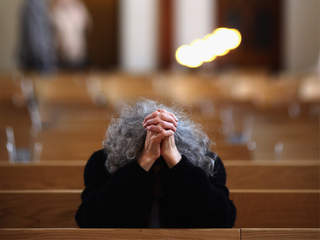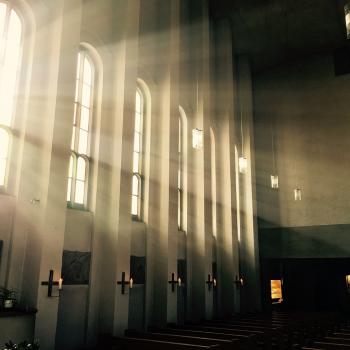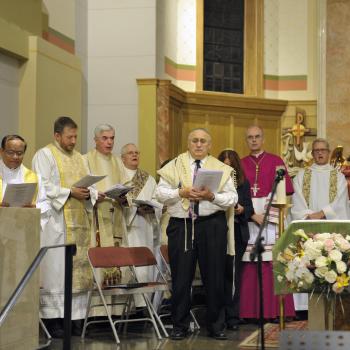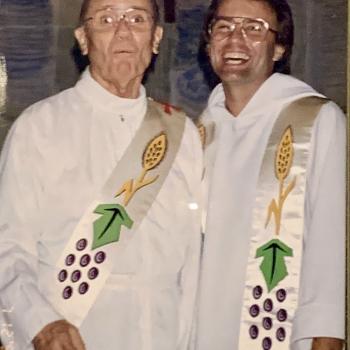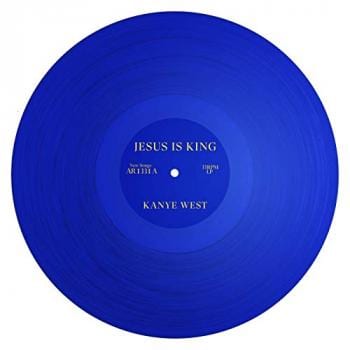Historian Molly Worthen takes a look at religion’s role throughout American history in today’s New York Times:
Religion has been a feature of human society since Neanderthal times, but so has religious indifference. Our illusions of the past as a golden age of faith tend to cloud our assessment of today’s religious landscape. We think of atheism and religious apathy as uniquely modern spiritual options, ideas that Voltaire and Hume devised in a coffee house one rainy afternoon sometime in the 18th century. Before the Enlightenment, legend has it, peasants hurried to church every week and princes bowed and scraped before priests.
Historians have yet to unearth Pew studies from the 13th century, but it is safe to say that we frequently overestimate medieval piety. Ordinary people often skipped church and had a feeble grasp of basic Christian dogma. Many priests barely understood the Latin they chanted — and many parishes lacked any priest at all. Bishops complained about towns that used their cathedrals mainly as indoor markets or granaries. Lest Protestants blame this irreverence on Catholic corruption, the evidence suggests that it continued after Martin Luther nailed his theses to the Wittenberg church door. In 1584, census takers in Antwerp discovered that the city had a larger proportion of “nones” than 21st-century America: a full third of residents claimed no religious affiliation.
When conservative activists claim that America stands apart from godless Europe, they are not entirely wrong. The colonies were relatively unchurched, but European visitors to the early republic marveled at Americans’ fervent piety. Alexis de Tocqueville wrote in 1840 that the absence of an established state church nurtured a society in which “Christian sects are infinitely diversified and perpetually modified; but Christianity itself is a fact so irresistibly established that no one undertakes either to attack or to defend it.”
De Tocqueville visited during a wave of religious revival, but he underestimated the degree to which some Americans held Christianity at arm’s length: the “infidel” Abraham Lincoln declined to join a church, and his wife invited spiritualists to hold séances in the White House.
Nevertheless, America’s rates of church affiliation have long been higher than those of Europe — perhaps because of the First Amendment, which permitted a religious “free market” that encouraged innovation and competition between spiritual entrepreneurs. Yet membership, as every exasperated parson knows, is not the same as showing up on Sunday morning. Rates of church attendance have never been as sterling as the Christian Right’s fable of national decline suggests. Before the Civil War, regular attendance probably never exceeded 30 percent, rising to a high of 40 percent around 1965 and declining to under 30 percent in recent years — even as 77 percent still identify as Christians and 69 percent say they are “very” or “moderately” religious, according to a 2012 Gallup survey.
We know, then, that the good old days were not so good after all, even in God’s New Israel. Today’s spiritual independents are not unprecedented. What is new is their increasing visibility.

